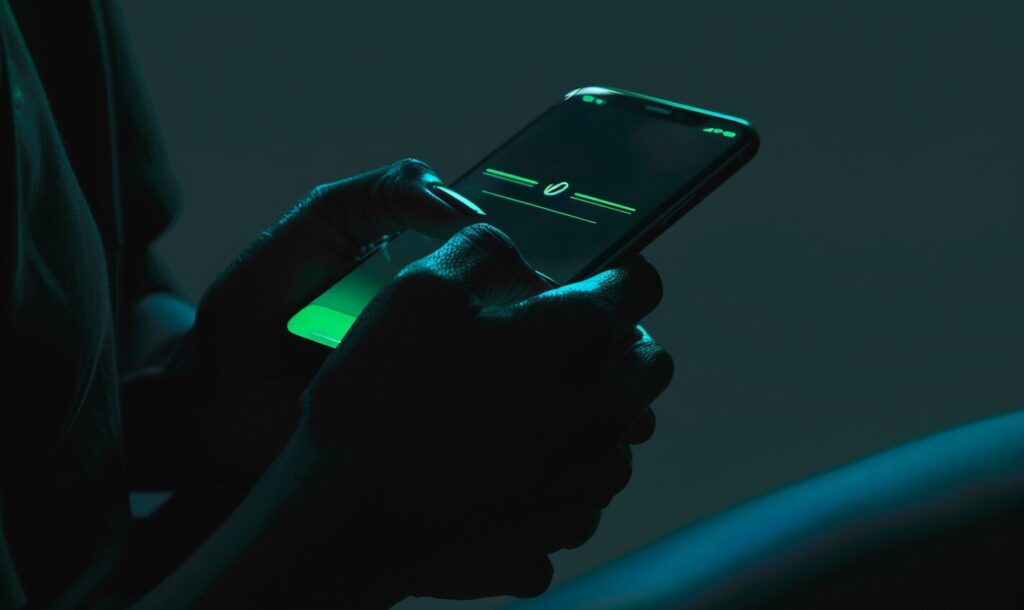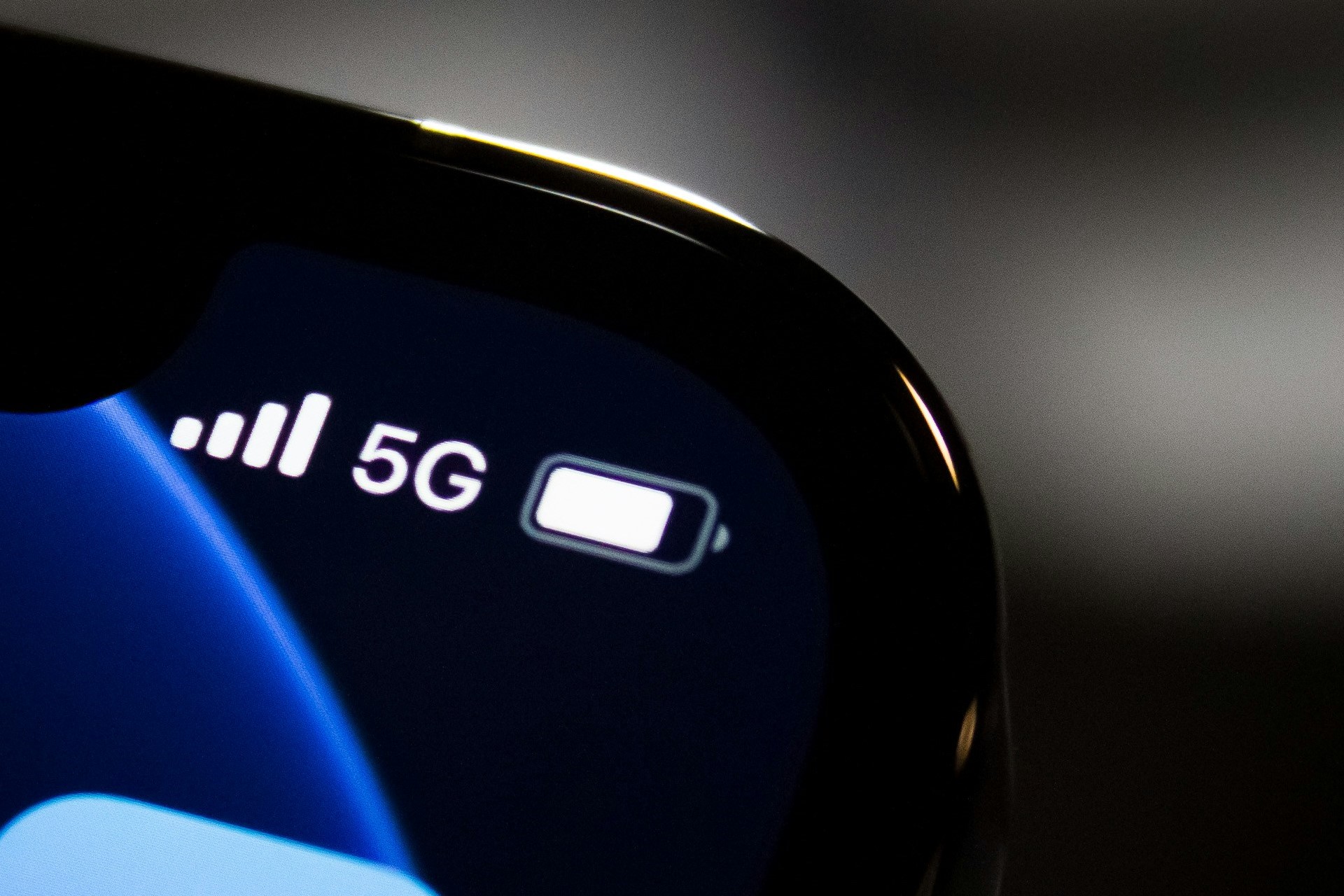Many people have a difficult time remembering which phone model they own. A lot of the products released in recent years look almost identical, and even if you remember what your phone looks like, the names are often so similar that we can easily make a mistake. Use this guide to remember which iPhone you have based on name, size and other details.
Easiest Way to Determine Your Model
You can quickly determine your phone’s model just by following these steps:
- Go to Settings and look for Apple ID at the top of the page.
- Click on your Apple ID. The page displays your contact information, passwords and your phone’s model.
- Click on the “This iPhone” tab if you want more details. This section shows your phone’s serial number and its latest iOS update, among other helpful information.
Differences Between Models
Every version has a slightly different structure. We included each model’s measurements and dimensions, but we also decided to group each phone into one of three categories based on screen size (small, medium, and large) to make them easier to remember. These are the requirements for each category:
- Small: screen size 4.7 inches and under
- Medium: screen size between 4.8 and 5.8 inches
- Large: screen size above 5.9 inches
So, here we go: a list of every model (and their sub-models) from the iPhone 5 and up.
iPhone 5 and 5s (2012)
These phones laid the foundation for subsequent models. They took on a larger screen size than previous models and introduced new features like Touch ID and a better camera. Both phones have the same measurements:
- iPhone 5 and 5s: 4 inches (small), 123.8 x 58.6 x 7.6 mm
iPhone 6 (2014)
This device launched Apple products into a new realm of success that its competitors could not match. It sold 10 million units in just the first week, which doubled the first-week results of the iPhone 5. These are the measurements for this model and its several sub-models:
- iPhone 6s: 4.7 inches (small), 138.3 x 67.1 x 7.1 mm
- iPhone 6 Plus: 5.5 inches (medium), 158.1 x 77.8 x 7.1 mm
- iPhone 6s Plus: 5.5 inches (medium), 158.2 x 77.9 x 7.3 mm
The 6 Plus and 6s Plus are virtually identical, but the 6s Plus has additional software features that you can’t see.
iPhone SE (2016)
The first SE (special edition) model marked a return to the 5 model’s small and sleek design. It has identical measurements to the phone released in 2012:
- iPhone SE: 4.0 inches (small), 123.8 x 58.6 x 7.6 mm
Although the SE looks the same as the 5 model, it has more advanced features. Apple’s developers created this model to provide a more affordable, yet equally advanced option as the 6 and 7 line.
iPhone 7 (2016)
Apple released this phone just a few months after the SE. It was the first model with no headphone jack, a design feature implemented to promote AirPods, another product that came out at around the same time. The camera also took on a horizontal oval shape instead of the old circle. These are the measurements of the 7 and 7 Plus:
- iPhone 7: 4.7 inches (small), 138.3 x 67.1 x 7.1 mm
- iPhone 7 Plus: 5.5 inches (medium), 158.2 x 77.9 x 7.3 mm
As you can see, the measurements of the 7 and 7 Plus are identical to those of the 6 and 6 Plus. Don’t get used to seeing these numbers, because subsequent models will keep getting bigger.
iPhone 8 (2017)
This model ditched the old external design and introduced the glass back cover in new colors. This change made the phone look more modern and luxurious than previous versions. Here are the measurements:
- iPhone 8: 4.7 inches (small) 138.4 x 67.3 x 7.3 mm
- iPhone 8 Plus: 5.5 inches (medium), 158.4 x 78.1 x 7.5 mm
The screen size and dimensions are only slightly bigger than the 7 and 7 Plus, but these subtle changes mark the beginning of the iPhone’s transition into the “large” category.
iPhone X (2017)
Apple skipped over the model 9 to signify the beginning of a widespread change to its product line. The X was the first model to ditch the home button and introduce advanced features like an OLED display. It also had three other sub-models, which Apple had never tried before. Let’s check them out:
- iPhone X: 5.8 inches (medium), 143.6 x 70.9 x 7.7 mm
- iPhone XR: 6.1 inches (large), 150.9 x 75.7 x 8.3 mm
- iPhone XS: 5.8 inches (medium), 143.6 x 70.9 x 7.7 mm
- iPhone XS Max: 6.5 inches (large), 157.5 x 77.4 x 7.7 mm
This product line pushed Apple beyond the scope of other cell phone manufacturers. We see a wide range in screen sizes, heights and thicknesses, which made this phone a more versatile tool than ever.
iPhone 11 (2019)
This model was cheaper than the X line, which consumers appreciated. It also introduced the back triple-camera that you probably noticed with other new models. This feature is an easy way to separate pre and post-2019 models. Here are its measurements:
- iPhone 11: 6.1 inches (large), 150.9 x 75.7 x 8.3 mm
- iPhone 11 Pro: 5.8 inches (medium), 144 x 71.4 x 8.1 mm
- iPhone 11 Pro Max: 6.5 inches (large), 158 x 77.8 x 8.1 mm
This trio of phones also has fewer color options than the X line and the 12 and 13, which could help you separate it from other models. If you see a smartphone with a triple camera, modern design but a bland color, it’s probably an 11.
iPhone SE 2 (2020)
This model marked a return to normalcy. It has all the software capabilities of newer product lines, but it also brought back the traditional single-lens camera and has the same measurements as older models:
- iPhone SE 2: 4.7 inches (small), 138.4 x 67.3 x 7.33 mm
The SEs aren’t as popular as other options because of their basic design. You can easily mistake them for older models like the 7 and 8, but those models are no longer produced, so chances are you actually saw an SE.
iPhone 12 (2020)
This line introduced a noticeable feature with the Ceramic Shield cover. The shield added another design layer to the product and made it more durable. It was also the first iPhone to support 5G connectivity (though we can’t see it). These are the measurements:
- iPhone 12: 6.1 inches (large), 146.7 x 71.5 x 7.4 mm
- iPhone 12 Mini: 5.4 inches (small), 121.5 x 64.2 x 7.4 mm
- iPhone 12 Pro: 6.1 inches (large), 146.7 x 71.5 x 7.4 mm
- iPhone 12 Pro Max: 6.7 inches (large), 160.8 x 78.1 x 7.4 mm
When you see sub-models like the 12 and 12 Pro have identical measurements, the difference lies in the software, not the physical design.
iPhone 13 (2021)
This phone has the same external structure as the 12 line, but it has more extravagant color options that can help you differentiate between the two products. There’s also no 13 Mini, as Apple apparently scrapped the idea. Let’s compare the measurements:
- iPhone 13: 6.1 inches (large), 146.7 x 71.5 x 7.4 mm
- iPhone 13 Pro: 6.1 inches (large), 146.7 x 71.5 x 7.4 mm
- iPhone 13 Pro Max: 6.7 inches (large), 160.8 x 78.1 x 7.4 mm
Although the outward appearance didn’t change much, this phone has better cameras, battery life and storage than previous models.
iPhone SE 3 (2022)
We finally arrive at the SE 3, which Apple will release later in 2022. We don’t know much about the new product’s capabilities, but we know its screen size and dimensions are similar to the first SE products:
- iPhone SE 3: 4.7 inches (small), 138.4 x 67.3 x 7.3 cm
The most recent news about Apple’s latest phone is encouraging. The SE 3 passed all drop tests with flying colors, showing that a smaller structure can be just as strong as behemoths like the 12 and 13 Pro Max models.
Know Your Phone
We covered 26 different models in this guide. That might sound like a lot, but screen size, dimensions and other external features can help you separate one from the other. Now you can tell which phone you have just by its outward appearance.
If you ever forget which model you have, just remember the features we discussed. Alternatively, you can follow our short tutorial at the beginning of this article for a quick answer. Either way, you will have learned something new about a product you use every day.
Recent Stories
Follow Us On
Get the latest tech stories and news in seconds!
Sign up for our newsletter below to receive updates about technology trends














